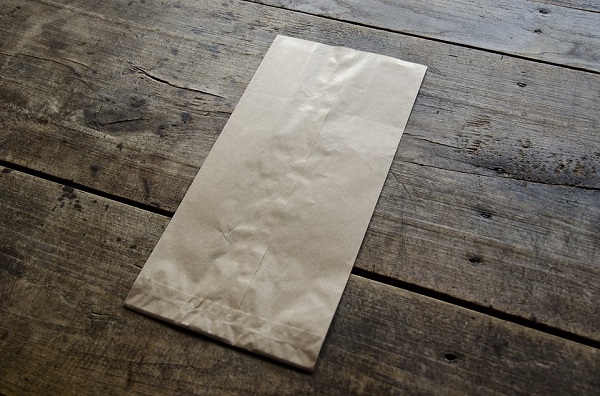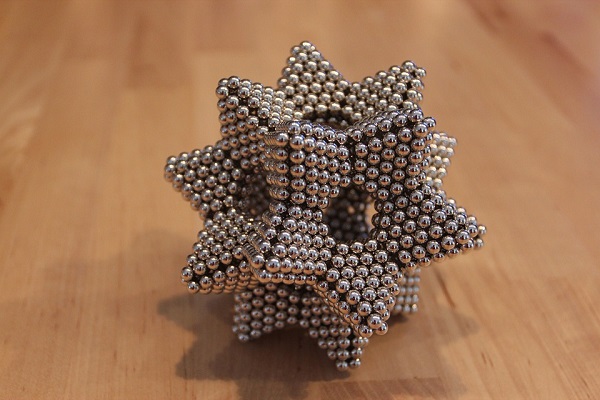Mime, rhyme, science time

Mime, rhyme, science time
By Claire Hills (Scramble)
Making science come to life with a real bang can sometimes leave you worried about what chemical reaction you might have on your hands. Talk too much and the session might fizzle out. Go too practical and you run the risk of creating a catalyst of events which is super fun but has no content. So why, I hear you ask, would you even attempt to introduce the performing arts into the mixture?
Well, science is magic. No – I mean it. It really is. Approach science as an opportunity to nurture magicians and be prepared to unlock the little Harry Potter or Hermione Granger hiding inside! Using the performing arts to bring science to life is an opportunity to act out and be the expert, or even become the experiment.
Gravity – The Paper Bag Trick
Dazzle your class with your magical skills by performing a clever little mime that they can ALL learn and perform, with the knowledge that what comes up must come down. Using simple mime you can bounce, catch and throw your invisible ball – establishing it as ‘real’. The magic comes when you ‘catch’ the ball in the paper bag through simple slight-of-hand. Your class will be in awe of your magical prowess. This simple trick will ignite their enthusiasm to learn how to perform it, so they too can impress their family and friends with their mystical powers. SHAZAM – you’ve made gravity fun.

Physical and Chemical Change
To the tune of Oh My Darling Clementine sing this song.
Physical changes, physical changes
May look different in shape and size
What you start with may look different
But it’s still the same inside.
Tearing paper,
Making snowballs,
Crumbling cookies,
Carving wood,
These are all forms of physical changes
Looking different because they should.
Chemical changes, chemical changes
Is where a reaction makes something new
What you’re left with is something different
Thanks to the changes it’s been through.
Baking cakes,
Frying eggs,
Burning paper,
Eating lunch,
These are all forms of chemical changes
I know the difference, thanks a bunch!
Raid your scrap paper draw and take out a sheet. Make changes to the paper – screw it up & flatten it again – even tear it up into confetti. Like the song says, the paper is different but it is still paper. Cast your class as mad scientists and ask them to explain this concept in role. You’ll be surprised at how thrilled the children will be to be given permission to rip up paper – just have a bin nearby.
Sound
Even a quiet room isn’t silent, there’s always something. A clock ticking, the hum of a light, traffic in the distance. So if there is sound all around us, then we can make music from everything around us too. Explore the musical possibilities of every day classroom objects – the rattle of a pencil pot, twang of a ruler, flicking of a book or squeak of a whiteboard pen. Soon you will have a symphony of sound without a single musical instrument in sight. Experiment with volume, cast conductors and record the musical masterpieces so they can be played back and discussed.
Top tip – pencils & rulers etc. are NOT to be used as drumsticks!
Dancing Shadows
You can’t trick your shadow, it’s always there copying your every move. This concept makes a lovely springboard for creative movement. Start simple with pairs and have one child leading in each. They should create simple, slow and steady movement which their partner can copy. By allowing their partner to keep up, it looks as though the children have created a well-rehearsed sequence – or perhaps they really are each other’s shadow! Mix things up by changing where the imaginary light source is and how this effects where the shadow is cast – side by side, one behind the other. Underscored with gentle music, this activity will create quite the creative atmosphere in your class!

Magnet Moulding
One child is a lump of metal, curled up on the floor. Their partner is a sculptor, but with a difference. They create their art through magnetic forces which attract and repel. The first child has the power to attract and together the pair imagine that the artist is sculpting the metal by placing their hand near a body part of their partner they would like to move. They create a pose, one which their partner should be able to hold comfortably and can even change facial expressions of their partner by using their magnetic powers to create smiles or frowns. The children switch places and the new artist has the magnetic power to repel, so the direction of the movement is changed. Increase the challenge by asking the artists to create statues with details in the fingers and bends or leans.

